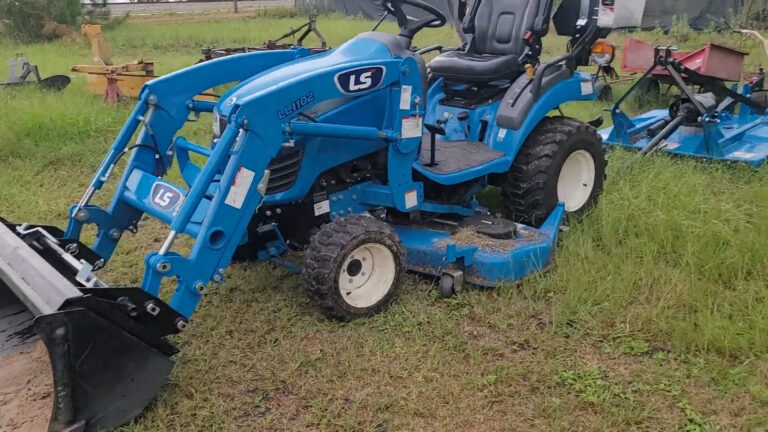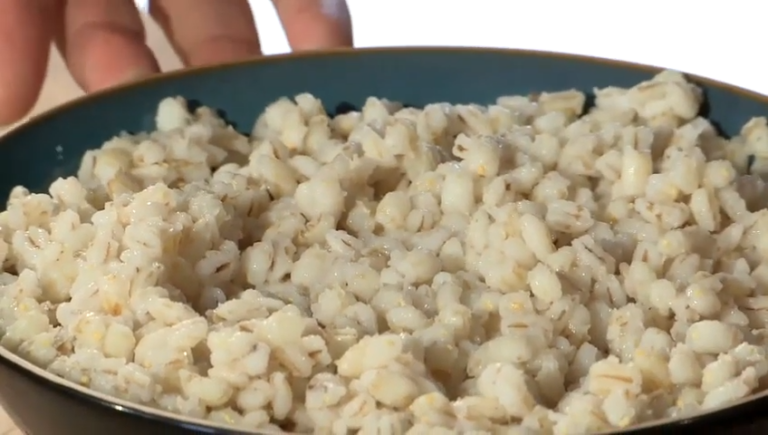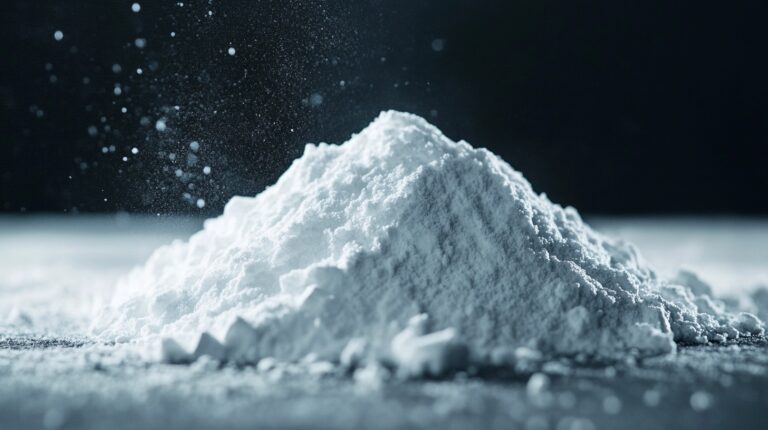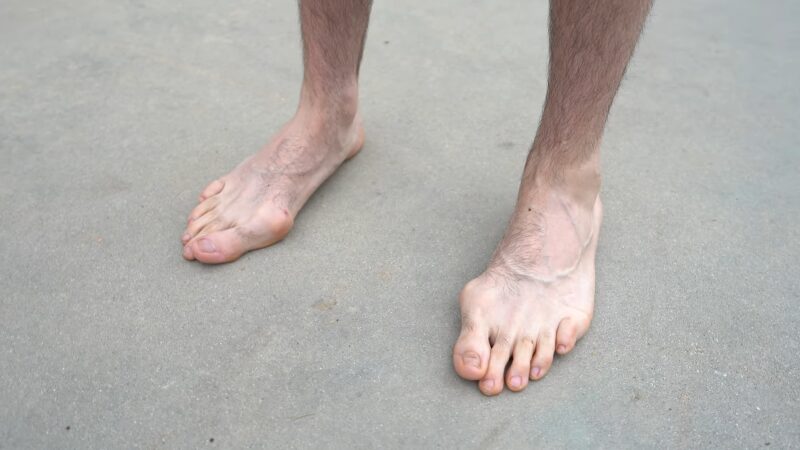Bunions can be a real pain, literally. They can make everyday things like walking or standing super uncomfortable. If you’re not keen on surgery and the downtime that comes with it, there are plenty of non-surgical ways to tackle the problem. These methods are great because they can ease the pain and help you move better without going under the knife.
So, what are your options? For starters, padding and shoe inserts can really take the pressure off your bunions. Orthotics are another good call; they keep your foot in the right position. Even something as simple as wearing loose, thin socks and picking the right shoes can make a big difference in how you feel.
Physical therapy can also be a game-changer. It helps improve how your foot works and reduces pain. Don’t forget about pain management techniques; they can add to the relief. Keeping an eye on your weight is crucial too. Less weight means less pressure on your feet. And using things like moleskin or gel pads can stop your bunions from getting worse.
These non-surgical methods aren’t just about feeling better now; they also lower the chances of needing surgery later. By going this route, you can manage your bunion pain and keep doing your daily activities without much hassle.
Definition and Causes
A bunion, also known as hallux valgus, is a misalignment of the joint at the base of the big toe, causing a noticeable bump on the side of the foot.
This condition typically arises from an imbalance in the pressures exerted on the foot by walking, leading to joint inflammation and deformity.
Several factors can increase the likelihood of bunion formation.
Genetics plays a significant role, as individuals with a family history of bunions are more prone to develop them.
Foot structure is another contributing factor; certain foot shapes like flat feet can predispose someone to bunions.
Wearing tight, narrow shoes or high heels consistently can also contribute to bunions by forcing the toes into an abnormal position.
Non-Surgical Treatment Options
Orthotics and Supportive Footwear
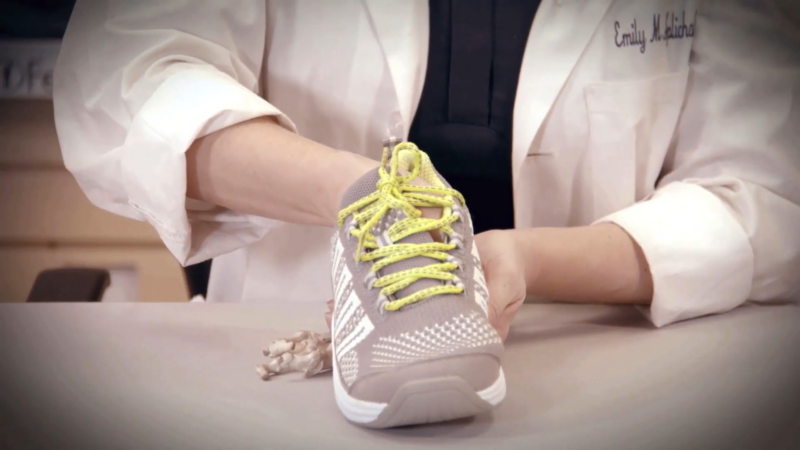
These devices offer arch support and promote proper foot alignment, which can alleviate pressure on the bunion.
Supportive footwear is equally essential. Shoes with a wide toe box, low heels, and adequate cushioning minimize discomfort and prevent the bunion from worsening.
Many professionals recommend shoes made of flexible materials to accommodate the bunion and reduce pressure. Over-the-counter shoe inserts can also be beneficial but are not as tailored as custom orthotics.
Padding and Taping
Gel-filled pads or moleskin can be placed over the bunion to prevent friction and reduce irritation. Taping the foot can help realign the foot to a more natural position, reducing strain on the bunion.
These methods are particularly useful during physical activity, as they provide immediate and temporary relief from discomfort.
Medication and Pain Management

Nonsteroidal anti-inflammatory drugs (NSAIDs) like ibuprofen and paracetamol can effectively reduce inflammation and manage bunion pain.
For individuals experiencing significant pain, these medications are crucial. Applying ice packs to the bunion for about 10 to 20 minutes several times a day can also help.
In some cases, doctors may recommend corticosteroid injections for more severe pain.
Physical Therapy
Physical therapy involves exercises that strengthen the muscles around the bunion and improve foot mobility.
Exercises like toe curls and marble pickups, mentioned in a HealthPartners article, help maintain the flexibility and strength of the foot.
Physical therapists can also teach patients techniques to manage pain and prevent further injury.
Regular stretching of the calf muscles and Achilles tendon is also beneficial, as tightness in these areas can exacerbate bunion pain.
Lifestyle and Home Remedies
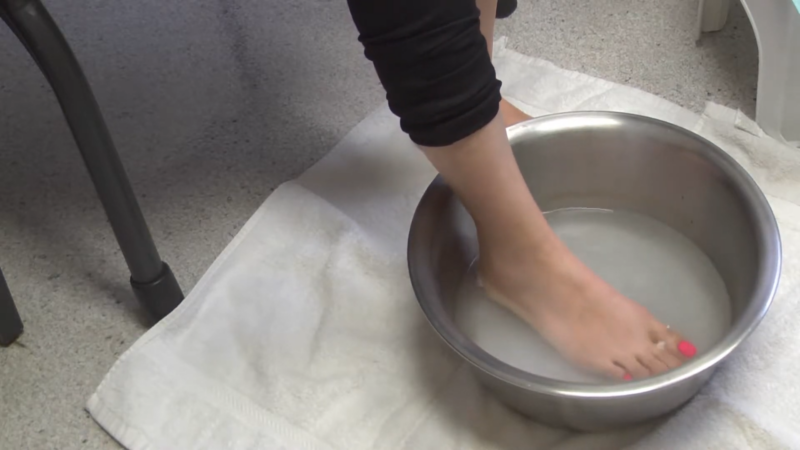
Maintaining a healthy weight is crucial for reducing the pressure on the feet and slowing bunion progression.
Weight management alleviates stress on the foot joints, making it easier to manage pain.
Home remedies like soaking the feet in warm water with Epsom salts can provide temporary relief. Ice therapy, as mentioned earlier, is a practical home remedy.
Additionally, avoiding prolonged standing and choosing comfortable footwear are simple lifestyle changes that can significantly impact bunion health.
Benefits of Avoiding Surgery
Non-surgical treatments, such as using orthotics, foot exercises, and wearing wider shoes, offer significant advantages.
First, they generally have fewer risks compared to surgical interventions. There are no incisions, which means there is no risk of surgical complications such as infection, bruising, or scarring.
Additionally, non-surgical options typically allow for a quicker return to daily activities. Patients often experience less downtime and can maintain their routines without a lengthy recovery period.
Cost is another crucial factor. Non-surgical treatments are often more affordable, as they do not involve the large expenses related to it, but bunion surgery is not recommended.
Symptoms and Diagnosis
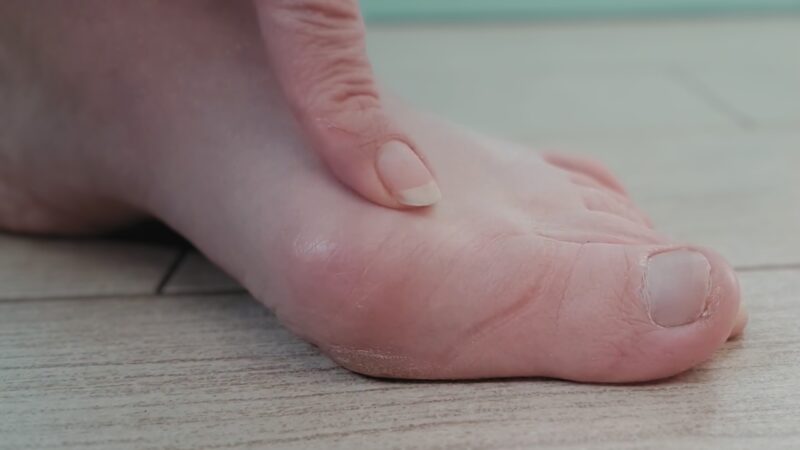
The primary symptom of a bunion is a prominent bump on the joint at the base of the big toe.
Other symptoms include swelling, redness, and pain in and around the big toe joint. This pain may become more pronounced when wearing certain types of footwear.
In diagnosing bunions, a physical examination by a healthcare professional is essential.
They will evaluate the foot’s structure and may take X-rays to assess the bone alignment and joint condition.
Sometimes, bunions can cause the big toe to lean towards the second toe, leading to additional complications like calluses or corns.
Early diagnosis and intervention can provide significant relief and slow the progression of bunions, enabling better management through non-surgical treatments.
Limitations of Surgical Interventions
Surgical treatments for bunions, while potentially more effective in correcting the deformity, involve several drawbacks.
Firstly, surgery carries inherent risks. These include possible complications like infection, nerve damage, and adverse reactions to anesthesia. There is also the potential for post-operative pain and prolonged swelling.
Recovery time can be substantial. Patients may need weeks or even months to fully heal, during which they may be unable to perform certain activities. This extended downtime can impact work and personal life.
Bunion surgery is not recommended it can be costly. The costs include the procedure itself and associated medical expenses, such as post-operative care and any necessary physical therapy. This financial burden can be significant for many individuals.
Lastly, even with surgery, there is no guarantee for permanent correction. Recurrence of bunions, albeit lower, remains a possibility, necessitating careful consideration before opting for surgical treatment.
When to Consider Surgery
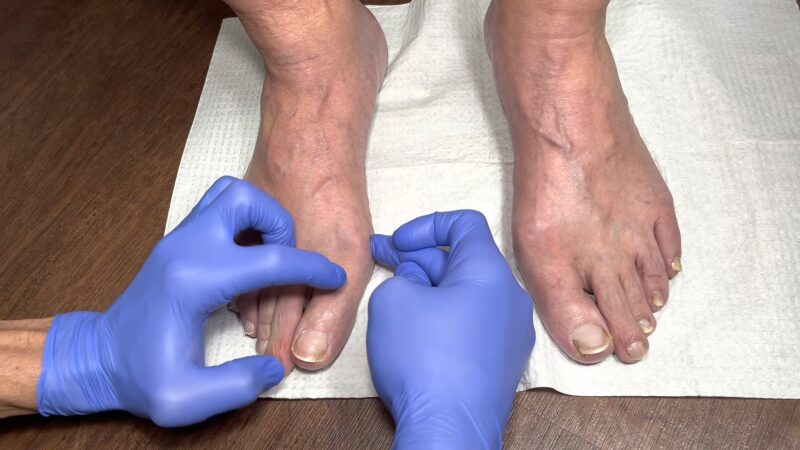
Non-surgical treatments may not always be sufficient. If pain persists or worsens despite these efforts, it may be time to explore surgical options. Consulting with an orthopedic surgeon is advisable in such scenarios. For instance, ganglion cysts on the foot, if unresponsive to conservative treatments, might necessitate surgical removal.
Signs indicating surgery could include:
- Persistent pain that interferes with daily activities
- Inflammation and swelling are not relieved by rest or medications
- Significant deformity affecting foot function
A detailed examination by a specialist can determine if surgical intervention is the best next step. Non-surgical methods aim to delay or avoid surgery, but timely surgical consultation ensures optimal outcomes if necessary.
How To Prevent It
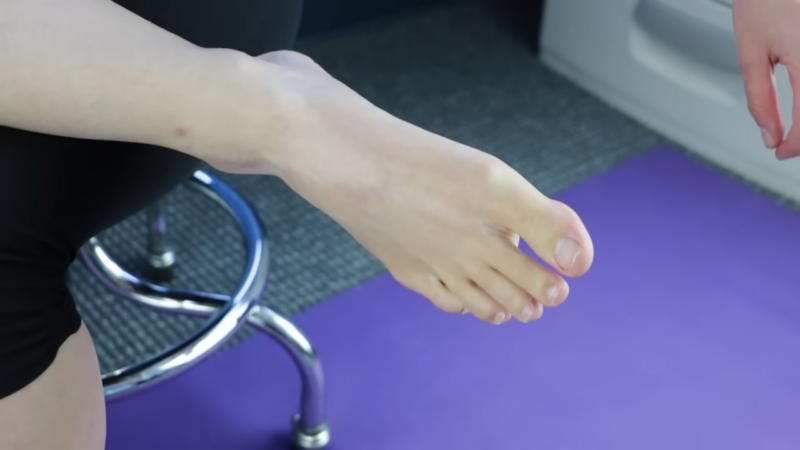
Preventing bunions from developing or worsening can greatly enhance foot comfort. Several strategies can be effective.
- Shoe Choices: Wearing well-fitting shoes with wide-toe boxes can minimize pressure on the toes.
- Maintain a Healthy Weight: Reducing overall foot pressure helps prevent bunions.
- Padding and Support: Using bunion pads or orthotic inserts provides cushioning and support to the affected area.
- Foot Exercises: Regular foot exercises can strengthen muscles and improve flexibility.
- Avoid Prolonged Standing: Limiting time spent standing can reduce strain on the feet.
- Proper Footwear: Replace worn-out shoes regularly.




